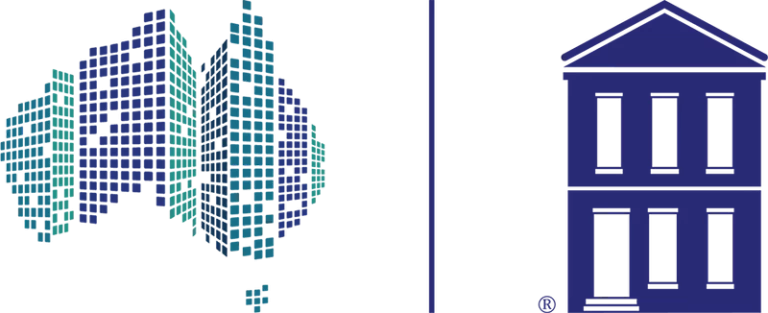HIA chief economist Tim Reardon said record low interest rates, coupled with home buyers’ desire for a bigger property during COVID-19, had created a rush for new home builds and renovations over the past two years.
“Builders will be at capacity throughout this year and well into 2023,” Mr Reardon said. “There’s still challenges with land, labour and materials [affecting the industry].”
The Association’s figures show 125,000 houses are expected to begin construction this year across Australia following a record 149,000 in 2021.
Those figures don’t include other dwellings such as apartments, which would push residential construction numbers even higher.
Mr Reardon said while the federal government’s HomeBuilder grants, aimed at keeping house construction going during the worst of COVID-19, had created an initial spike in house builds, there had been another boost after the grants ended.
Adding to the challenges, tradies were also playing catch-up on older builds, Mr Reardon noted, with lockdowns in 2020 and 2021, and difficulties getting building materials thanks to COVID putting residential projects behind schedule by between three weeks and five months last year.
That included home renovation projects, which also boomed over the past two years, especially as more owner-occupiers bought fixer-uppers to enter the market in more expensive suburbs.
Renovators were having to wait up to two years for the necessary trades, an analysis of data showed.
“One of the unique features of this boom is that rarely do we see a renovations and housing boom at the same time – that’s also happening in all states across Australia,” Mr Reardon said.
High demand for tradies has added more pressure to those already working in difficult circumstances, especially as the Omicron strain of COVID-19 spreads.
Owner of Officer Plumbing Services in Melbourne’s southeast, Chris Hunter, said he had already had jobs affected by Omicron.
“I was supposed to do a job for a bathroom, but the stonemason got COVID, so it delayed the project,” Mr Hunter said.
Mr Hunter is working 30 to 40 jobs per week, including renovations and maintenance work, sometimes not finishing until past 9 pm.
“I’m fairly new, I’ve had this business for four years, and I’ve gotten busier – from the second to the third year there’s been a massive jump in work, and it’s busier again this year.”
With people continuing to work from home, using their toilets and taps more, urgent jobs were coming up more often, meaning it was harder for him to take on jobs where he was required for longer than a day.
Mr Hunter hired an apprentice in 2020 to help out, and is now looking for another plumber to join the business, but even that is proving difficult because of the tradie shortage.
The problem was being exacerbated by tradies who were not getting vaccinated.
Mr Hunter estimated 15 per cent of tradies had not had their required jabs to work, with the Australian Council of Trade Unions secretary Sally McManus estimating that it was close to 10 per cent in 2021.
Tradie shortage issues come at a time when soaring building costs are also hitting the industry.
Timber costs are blowing out, adding to the cost of building a home, CoreLogic data shows.
New data released by CoreLogic shows that national construction costs had increased by 7.3 per cent over 2021, the highest annual growth rate since March 2005.
The Cordell Construction Cost Index showed construction costs had risen most in South Australia and Western Australia, where the cost of building a home jumped by 7.9 per cent over the year.
CoreLogic research director Tim Lawless said the data showed higher costs were being driven by an increase in timber prices, with metal costs still volatile.
“With such a large rise in construction costs over the year, we could see this translating into more expensive new homes and bigger renovation costs, ultimately placing additional upwards pressure on inflation,” Mr Lawless said.
Source: Domain


